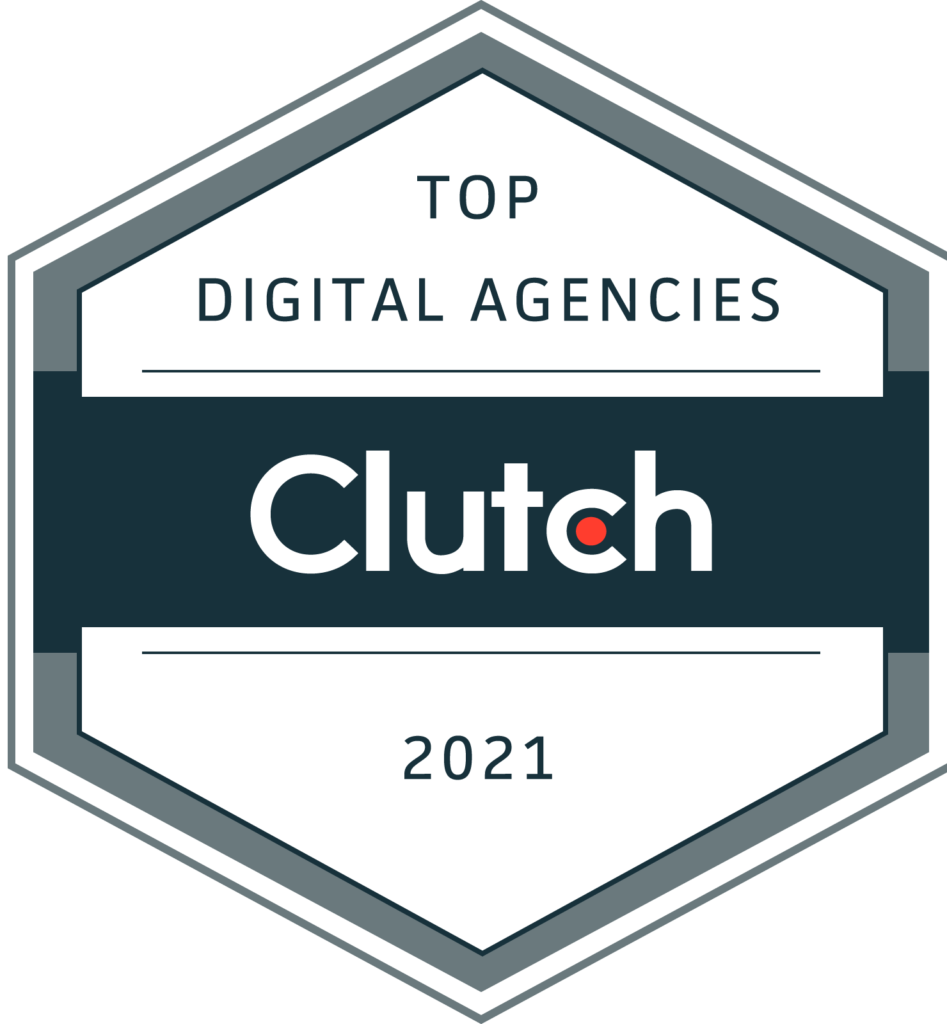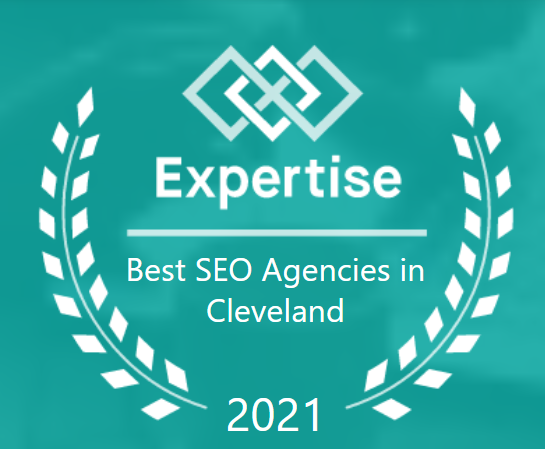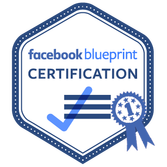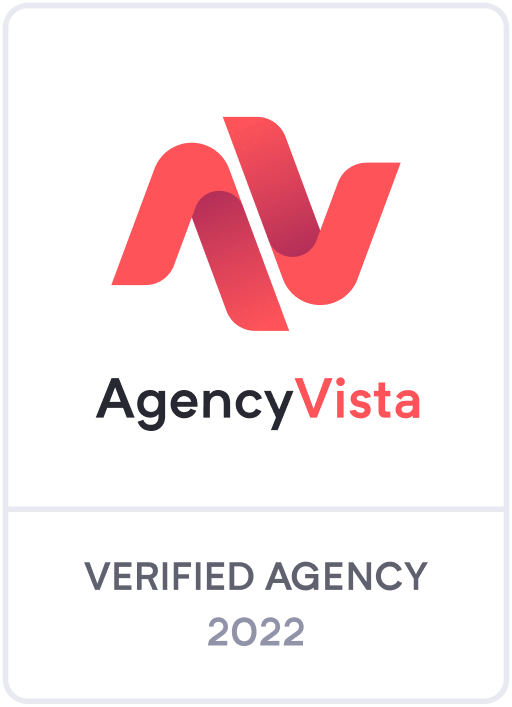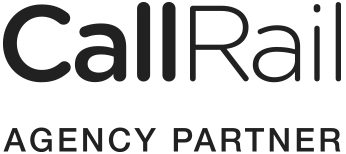- Solutions
 Website design And Development
Website design And Development - Industries
- Results
- Resources
Top Cleveland Web Design Company
Custom Web Design Agency
Work with our top-rated web designers and developers in Cleveland to:
- Create a custom website design that speaks your brand language
- Apply UI/UX best practices for unmatched user experience design
- Super-fast website for improved user engagement
- Lay the groundwork for matchless search engine optimization (SEO)
- Improve internet marketing efforts and sell faster with our web design and digital marketing strategies!
Expert Cleveland, OH Web Design Agency
Are you tired of your website’s outdated design that has imprisoned your online business success? Do you need a website that is super-responsive on all devices, search engine optimized, compatible with modern browsers, and represents your brand in the best way possible? As a premier web design agency in Cleveland, we’re here to help you achieve that and more at Milia Marketing.
There is no limit to what you can achieve with an excellent website design. We focus on a strategy that improves user engagement because only then can you really get your customers to make the decisions you want. Let our top web designers in Cleveland get you in front of high-paying customers today!


Let Our Top Web Design and Development Professionals Redefine Your Internet Marketing
Since 2016, we have designed hundreds of websites for various Cleveland companies in several industries, and the results are massive.
We have watched our websites crank up businesses with low sales and helped them achieve massive growth in traffic, leads, and conversions.
Milia Marketing is a digital marketing agency in Cleveland, Ohio, helping businesses create long-term marketing results that require little marketing effort.
We work with an in-house team of the sharpest minds in the web development industry, using growth-oriented methodologies.
We deliver results beyond our clients’ expectations and want you to be a part of the success stories we are creating. If words don’t do it for you, check out the results we have helped many of our clients achieve.
Sales-Focused Cleveland, OH Website Design and Development Services
To help you achieve all your online business goals in Cleveland, we offer several web design and development services. Some of our services include:
Custom web design
We can help you build your website from the ground up to ensure that every image, widget, section, content, and color represents your brand and resonates with your customers.
eCommerce web design and development
We can turn your website into a sales magnet using eCommerce web development strategies that focus on satisfying the user and portraying your business in the best light. We use several eCommerce platforms, including Shopify and WooCommerce.
Website redesign and customization
There’s no use for a website that no longer serves its purpose of engaging users, representing the brand image, reducing bounce rates, improving leads and conversions, and showing up in search results. We can help you redesign your website for greater effectiveness.
Support and maintenance
Our experts are available to maintain your website and offer support when you need it. We will ensure that your website stays safe, secure, optimized, and engaging.

Milia Marketing
(216) 990-5250
2515 Jay Ave
UNIT 101
Cleveland, OH 44113
Get Directions
Frequently Asked Questions
How much does a new website cost?
Web design and development services are usually charged based on the size of the website and the design features you request or that we deem necessary for your business. You can hop on a discovery call with us to get a free proposal.
Do you only create WordPress websites?
We design websites using several website platforms, depending on your needs. However, WordPress is an excellent platform as they offer the best features and integrations.
How long does it take to build a website?
Building your website from scratch can take several weeks, depending on the size of your website, the technical requirements, and the content creation process.
How many pages do I get with my website?
The number of pages we give you depends on the number of services you offer. However, we recommend having a few pages, as it helps to improve search engine optimization.
Do you do SEO for my website when you design it?
SEO is an essential aspect of our web design process. What is the use of a website that cannot be found on search engines? This is why we also use WordPress because it lays the groundwork for SEO best practices.
Start with Our Cleveland Web Design & Development Agency Today
To start a conversation about how our Cleveland Web Design & Development and other digital marketing service in Cleveland can help your business, fill out the form on this page.
We look forward to getting to know you and serving the greater Cleveland area and beyond.







